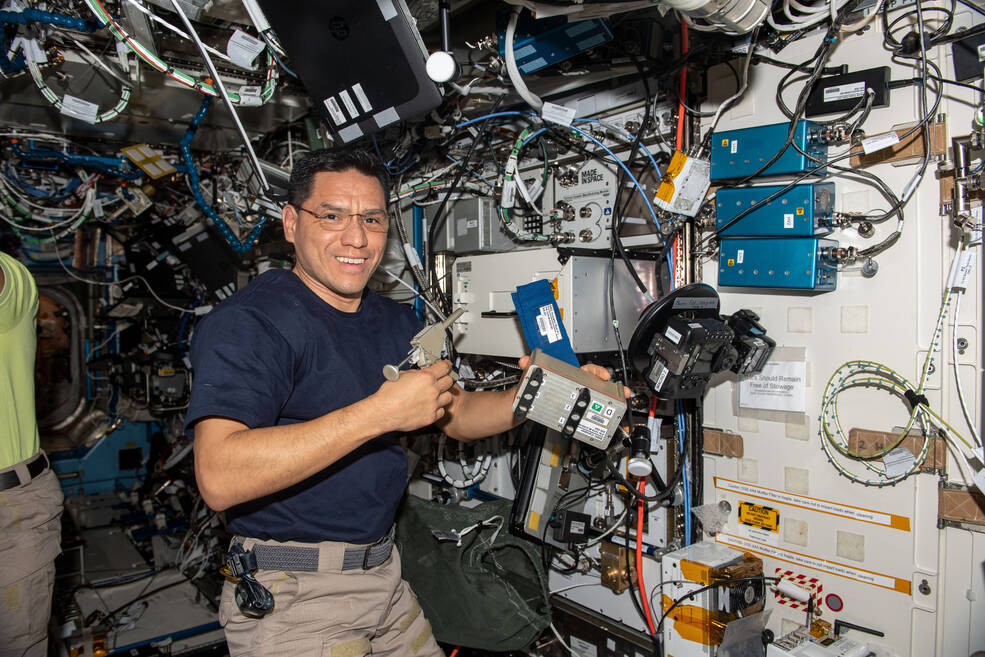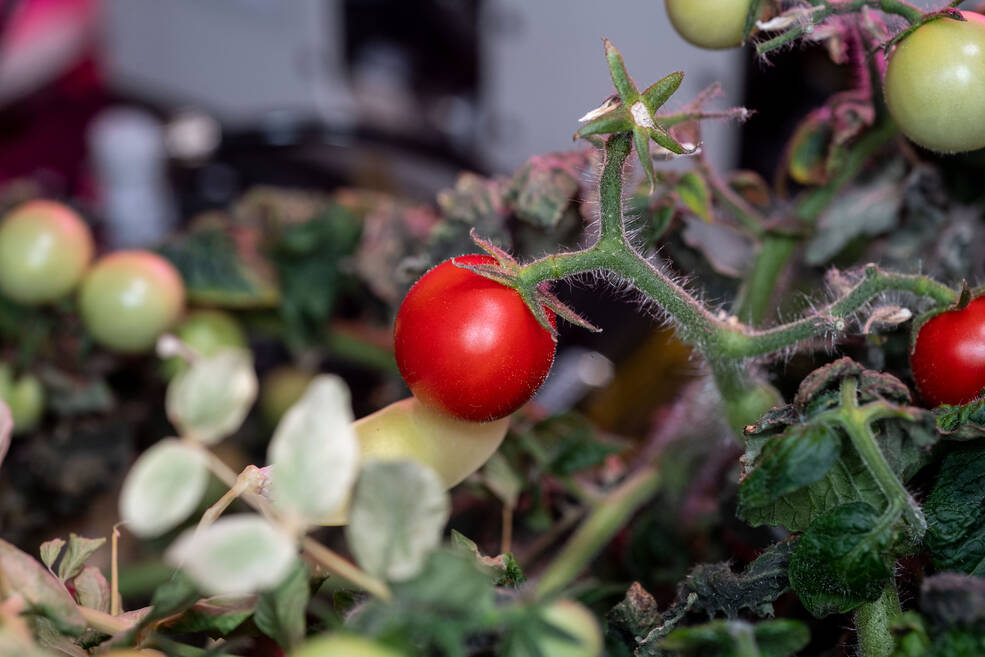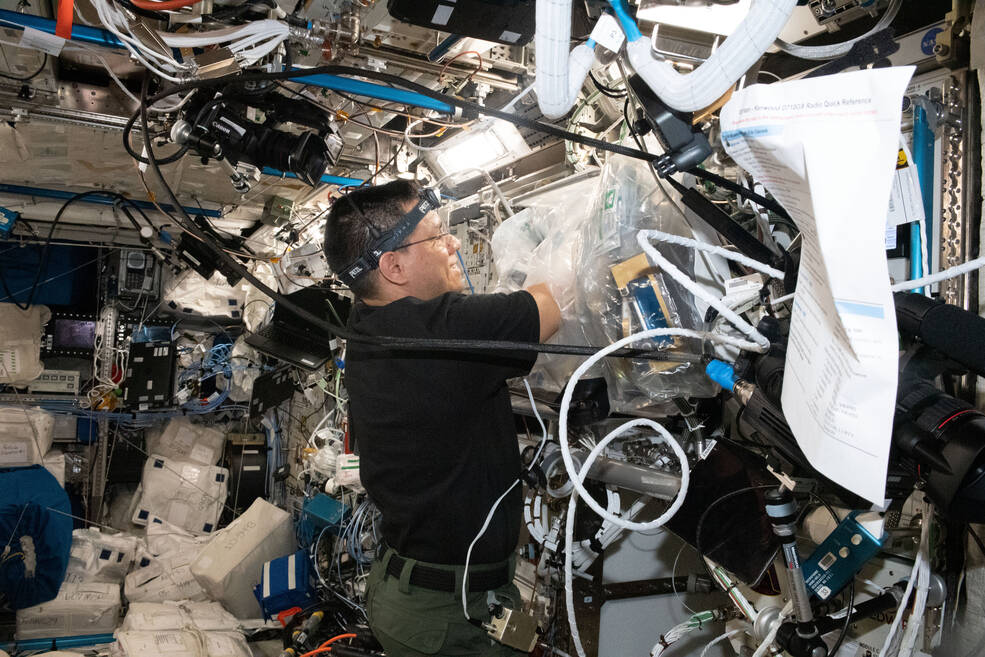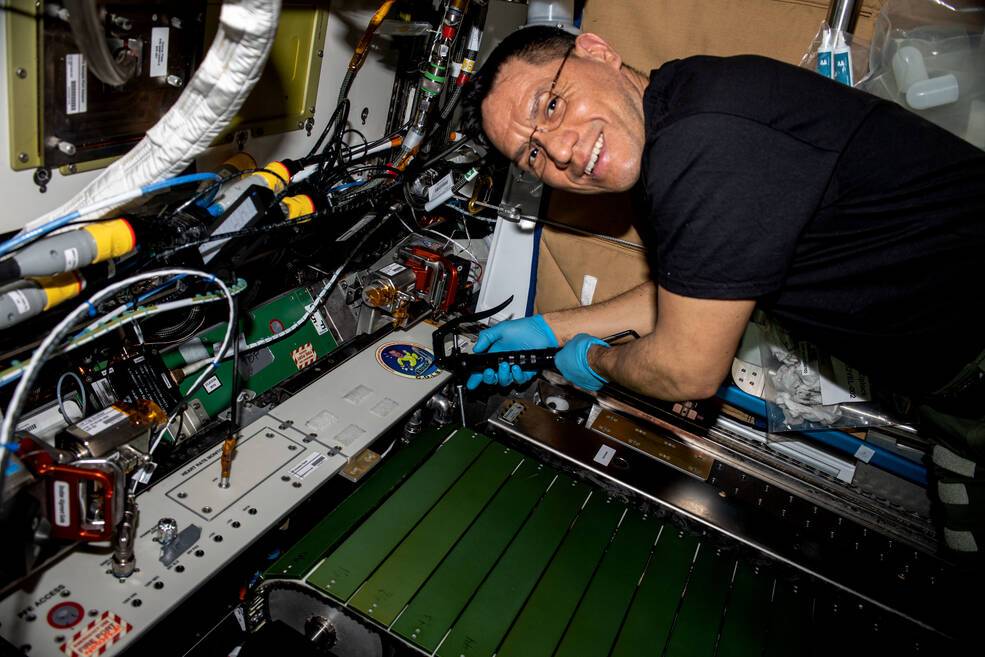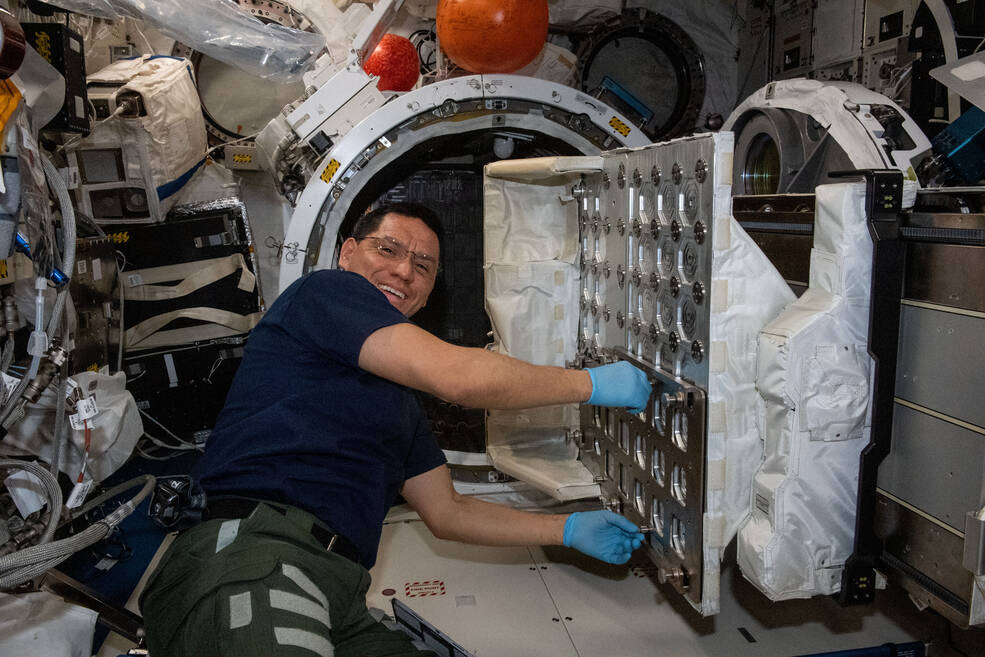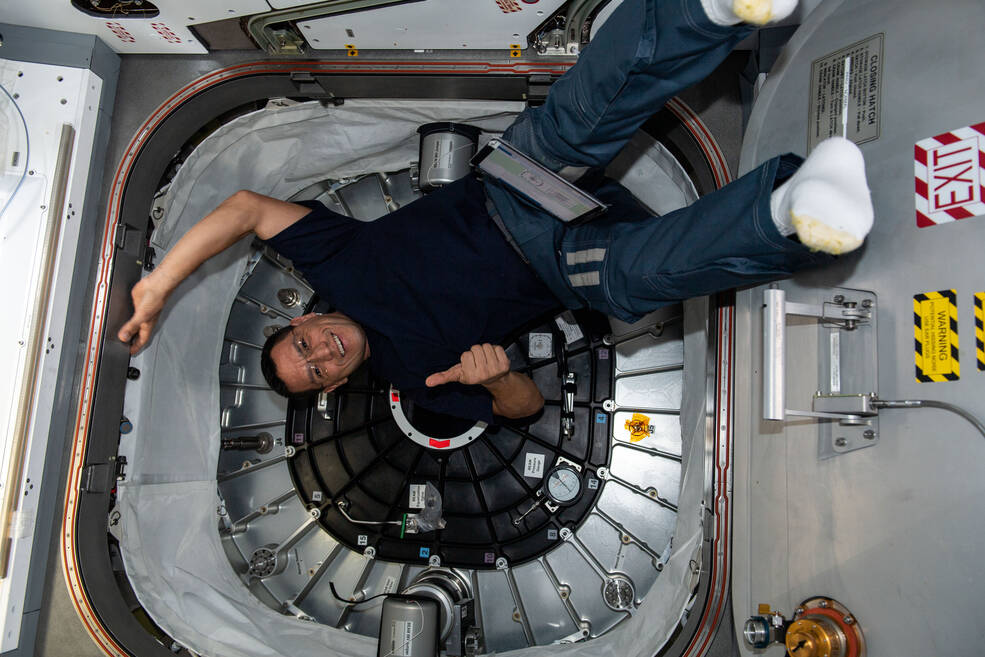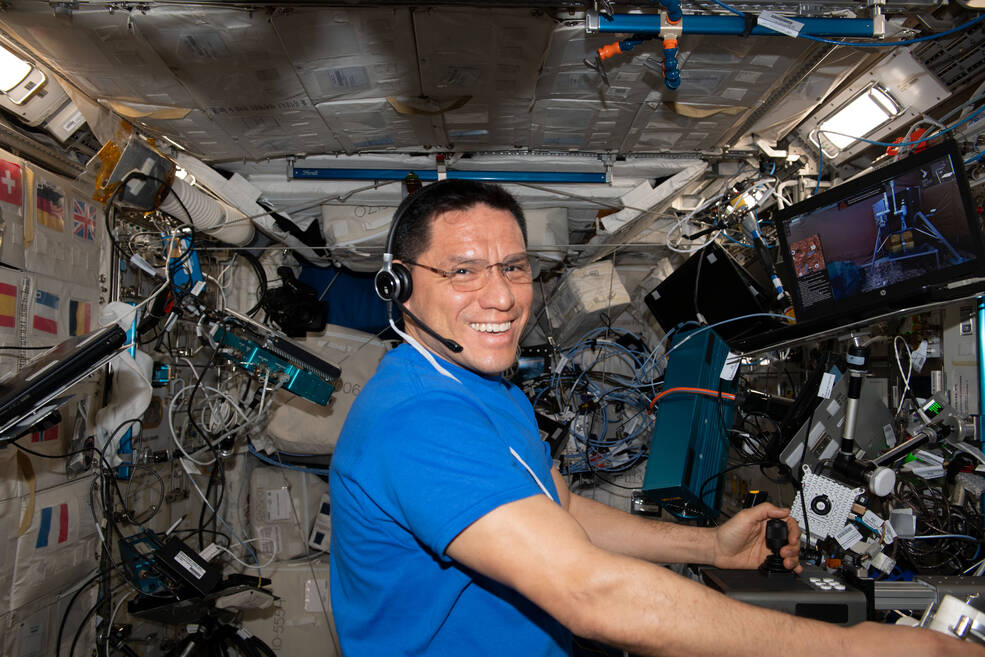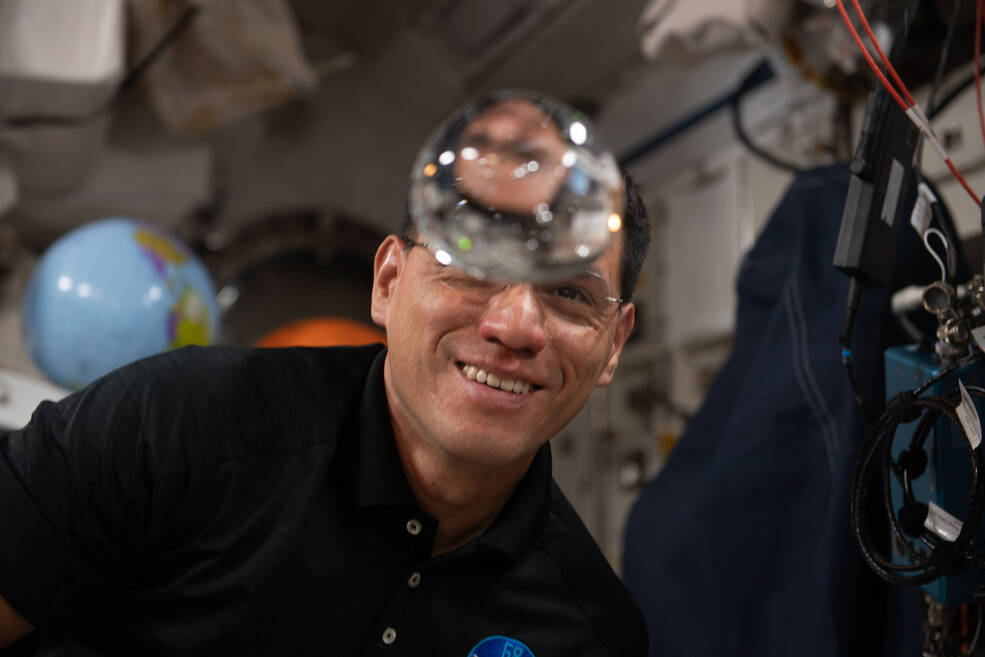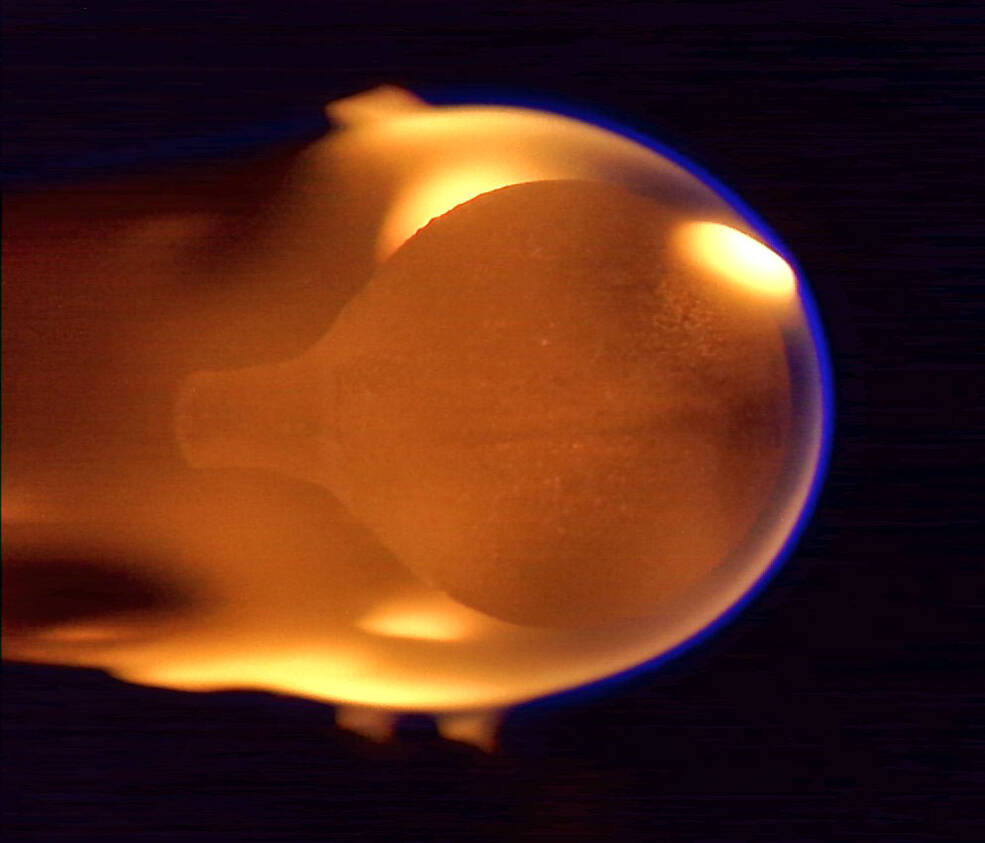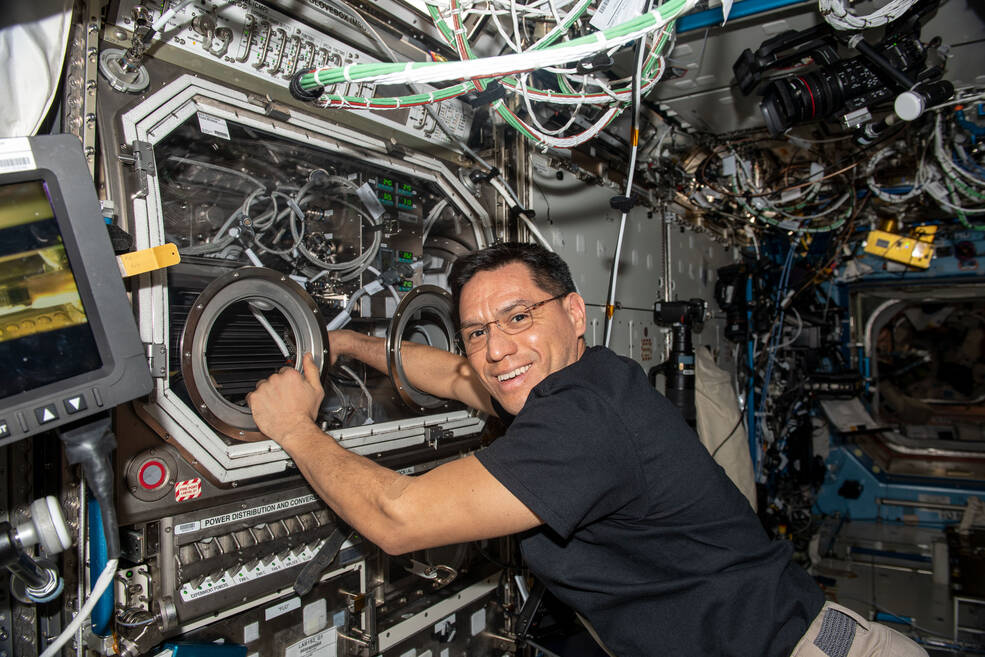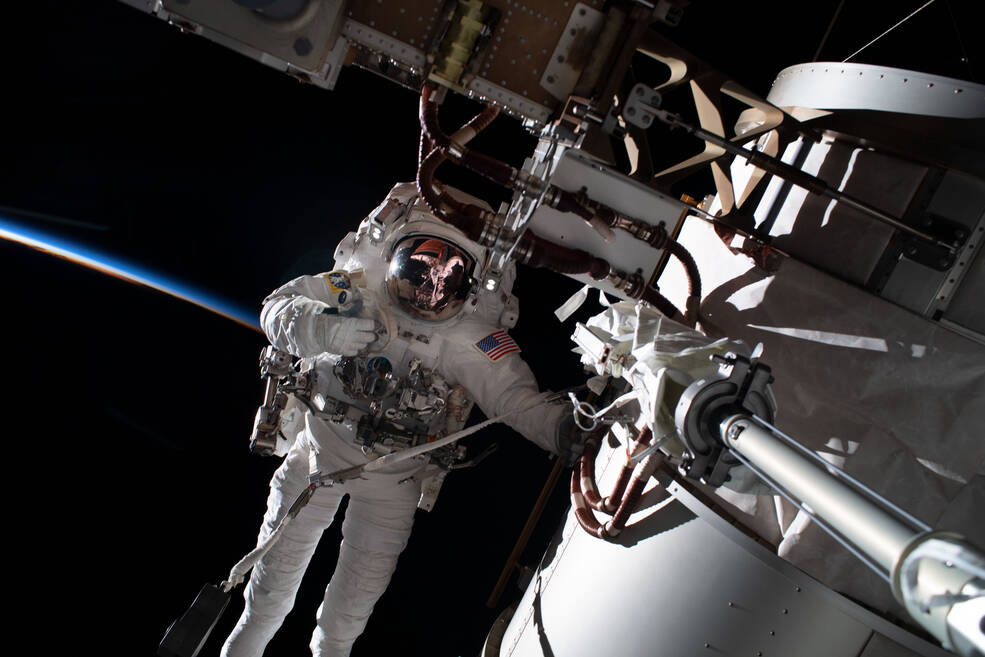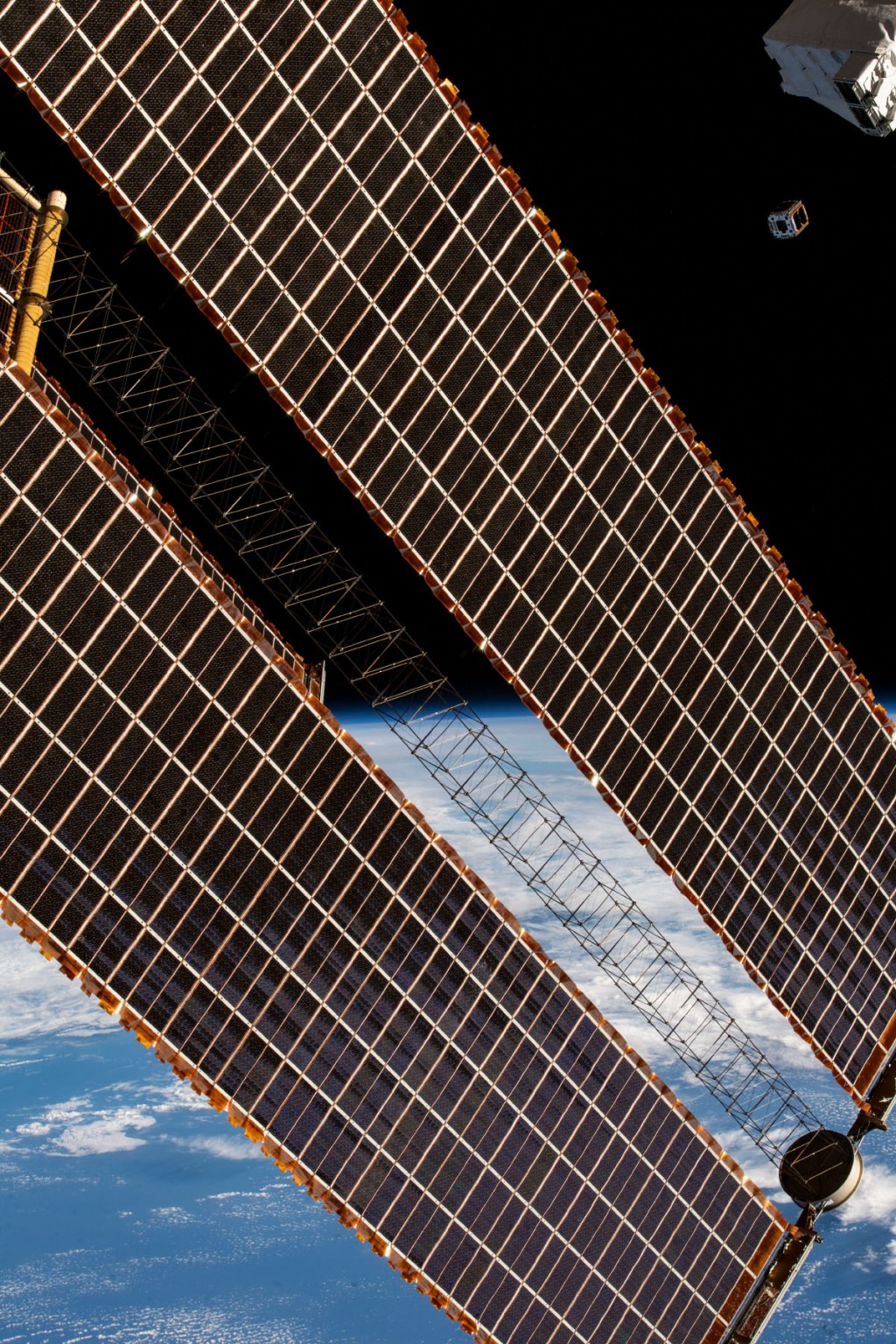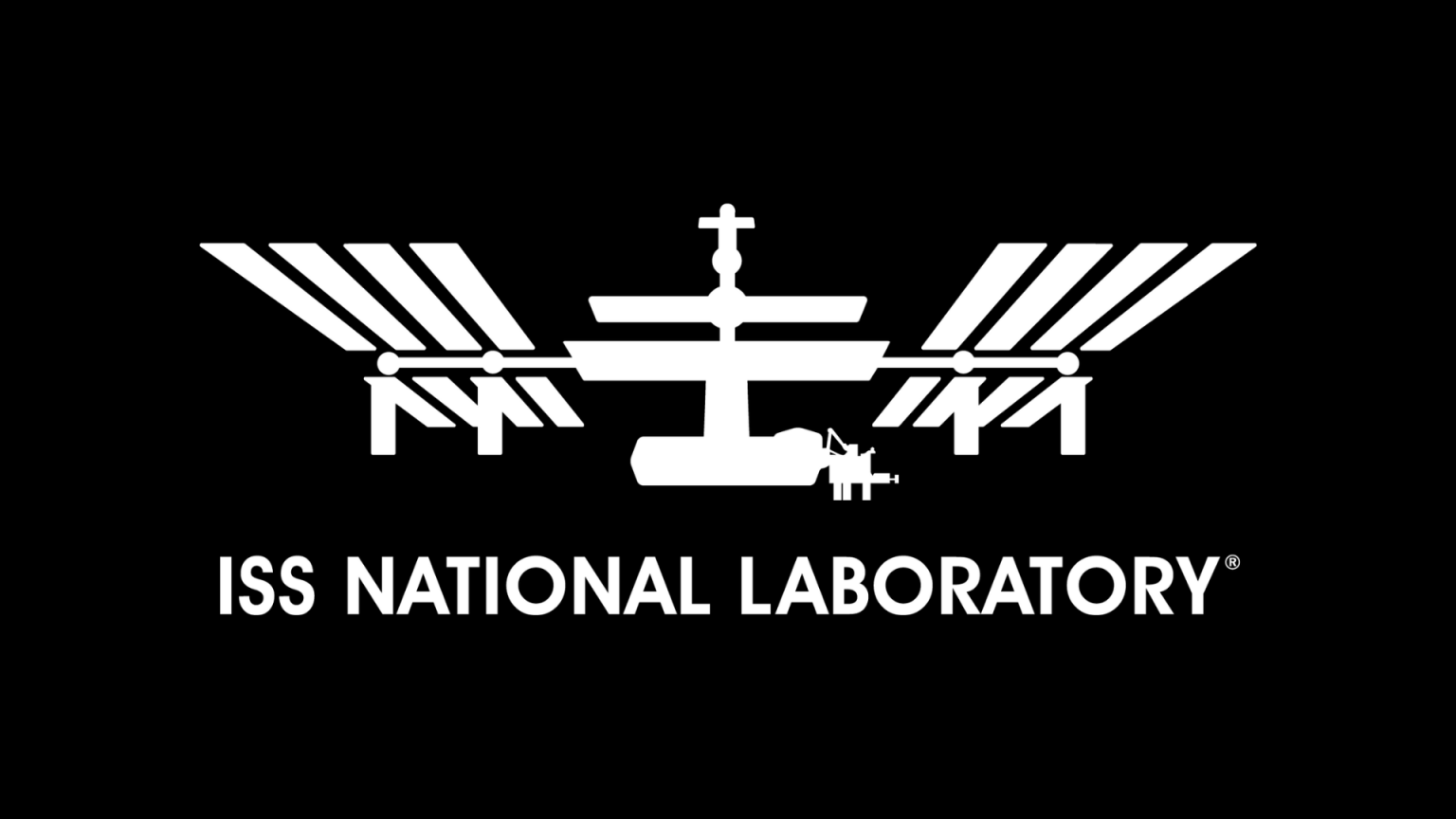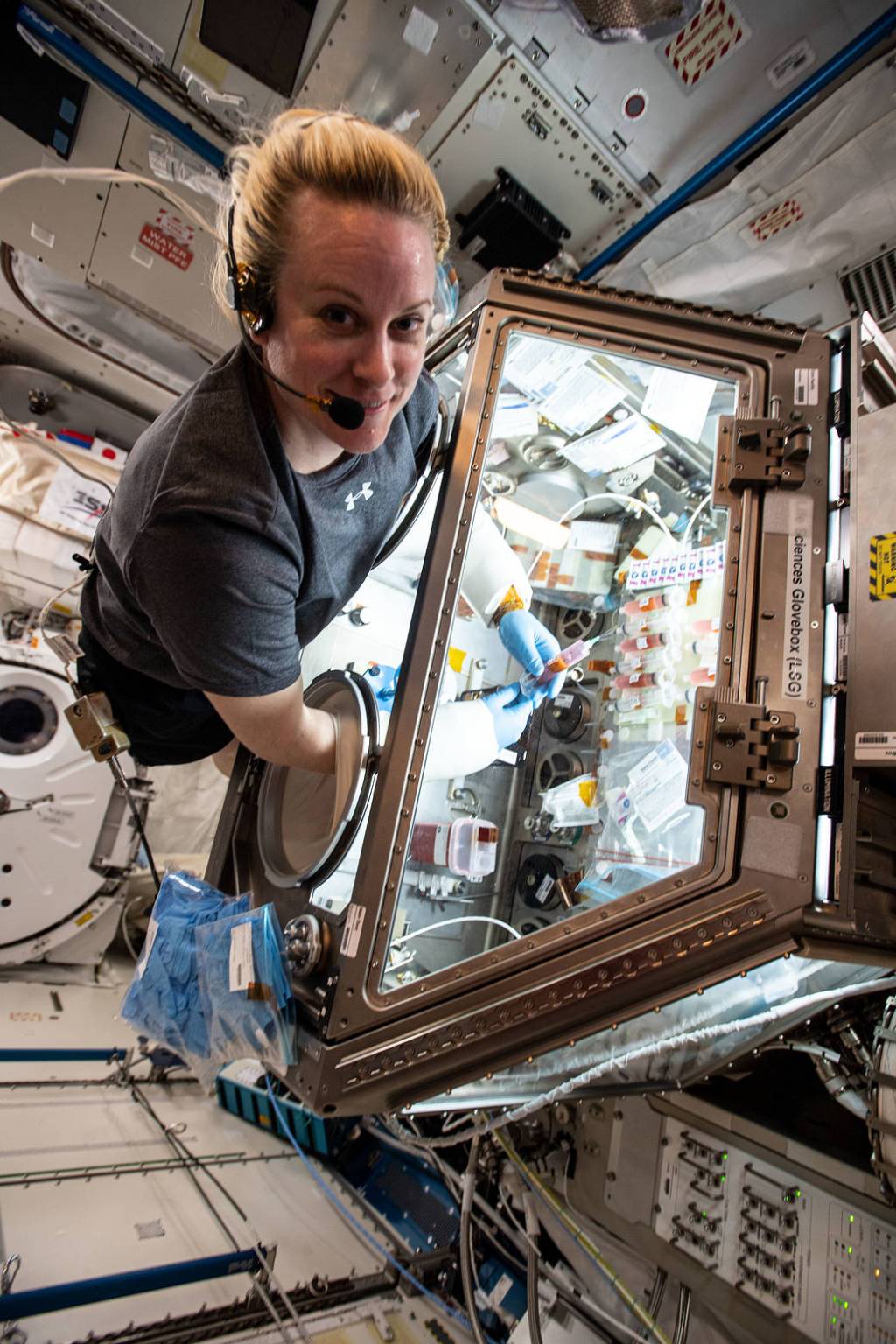NASA astronaut Frank Rubio is set to return to Earth this fall after setting the record for the longest single spaceflight by a U.S. astronaut.
Lee esta historia en español aquí.
NASA astronaut Frank Rubio is set to return to Earth this fall after setting the record for the longest single spaceflight by a U.S. astronaut. He arrived at the International Space Station on Sept. 21, 2022, and returns home after 371 days in space. While on the orbiting lab, Rubio and his fellow crew members conducted dozens of scientific investigations and technology demonstrations.
Here’s a recap of Frank Rubio’s year-long scientific journey aboard the space station.
Download high-resolution versions of all photos in this article.
In the Orbiting Biology Lab
Frank Rubio activates hardware for the Biological Research In Canisters-26 (BRIC-26) investigation. This investigation measures how microgravity affects fundamental genetic processes and interactions in the bacteria Bacillus subtilis. A better understanding of how bacteria adapt to spaceflight could help protect the health and safety of astronauts on future missions and provide insight into bacterial adaptation to specific environments on Earth.
Throughout his mission, Frank Rubio worked on the eXposed Root On-Orbit Test System (XROOTS). The investigation uses hydroponic (water-based) and aeroponic (air-based) techniques rather than soil or other traditional growth media to complete the life cycle of tomato plants. Results could help identify ways to produce crops on a larger scale for future space missions.
The Human Element
Frank Rubio replaces components inside the BioFabrication Facility (BFF). This platform supports research such as BFF-Meniscus-2, which prints and cultures meniscus, or knee cartilage tissue, with bioinks and cells. Scientists on the ground will evaluate the mechanical properties of the 3D printed meniscus upon its return to Earth. This work could advance the in-space manufacturing of complete, functional human organs for transplants.
Exercise devices on future long-duration space missions need to be small and lightweight yet provide a variety of aerobic and resistance exercise options. Frank Rubio works on the station’s treadmill, which provides an important way to reinforce the motor pattern of walking for crew members during their missions. The station’s treadmill is too bulky and heavy for longer exploration missions, future astronauts may need to depend on other exercise to maintain physical health. Rubio participated in Exploration Exercise Treadmill Requirements (Zero T2), an investigation that examines how not exercising on a treadmill may affect crew health.
High Technology
During his mission, Frank Rubio helped install the NanoRacks CubeSat Deployer (NRCSD) for an April 2023 launch of six different satellites, including projects designed by students in Canada. Private, governmental, and academic organizations use the space station to deploy small satellites called CubeSats into Earth’s orbit for a variety of research objectives.
Frank Rubio gives a thumbs up in front of the Bigelow Expandable Activity Module (BEAM), an expandable capsule used to test the technology for future space habitats. BEAM expands from about 6 by 8 feet when packed to 10 by 13 feet when pressurized. Crew members monitor BEAM’s temperature, pressure, and its radiation protection capabilities. They will also periodically enter the module to check on its structural condition.
Frank Rubio conducts a session for the Multi-Avatar and Robots Collaborating with Intuitive Interface (Surface Avatar), which evaluates the command of multiple autonomous robots from space. The investigation looks at the responses of the robot operator to haptic feedback and what challenges might exist for orbit-to-ground remote operation of robots.
The Physics of Microgravity
The space station is a test bed for the life support equipment needed to take humans to the Moon, Mars, and beyond. One piece of equipment, the Potable Water Dispenser (PWD), provides water for consumption and food preparation. Exploration Potable Water Dispenser (Exploration PWD) makes improvements to this system, including advanced sanitation methods and dispensing of hot water.
Frank Rubio conducted sessions for Solid Fuel Ignition and Extinction – Growth and Extinction Limit (SoFIE GEL), which studies burning in microgravity to help researchers select safer materials for spacecraft and determine optimal fire suppression techniques. This image shows a sphere of acrylic burning in microgravity during one of the tests.
Frank Rubio exchanges samples inside the Microgravity Science Glovebox for the Pore Formation and Mobility Investigation (PFMI). On Earth, bubbles that form in molten materials rise to the surface and pop before the material solidifies. In microgravity, bubbles can become trapped, leaving pores or tiny holes that can reduce the finished material’s strength and structural integrity. PFMI is one of several experiments that investigate this process.
A Walk in Space
On this Nov. 15, 2022, spacewalk, Frank Rubio and NASA astronaut Josh Cassada assemble a mounting bracket on the station in preparation for the installation of the first pair of rollout solar arrays, known as iROSAs. It took six spacewalks, the final one in June 2023, to install all the arrays, which are expected to enable a 30% increase in the power available for science and operations on the space station. The earlier Roll-Out Solar Array (ROSA) investigation proved the viability of this technology.
Melissa Gaskill
International Space Station Research Communications Team
Johnson Space Center


























